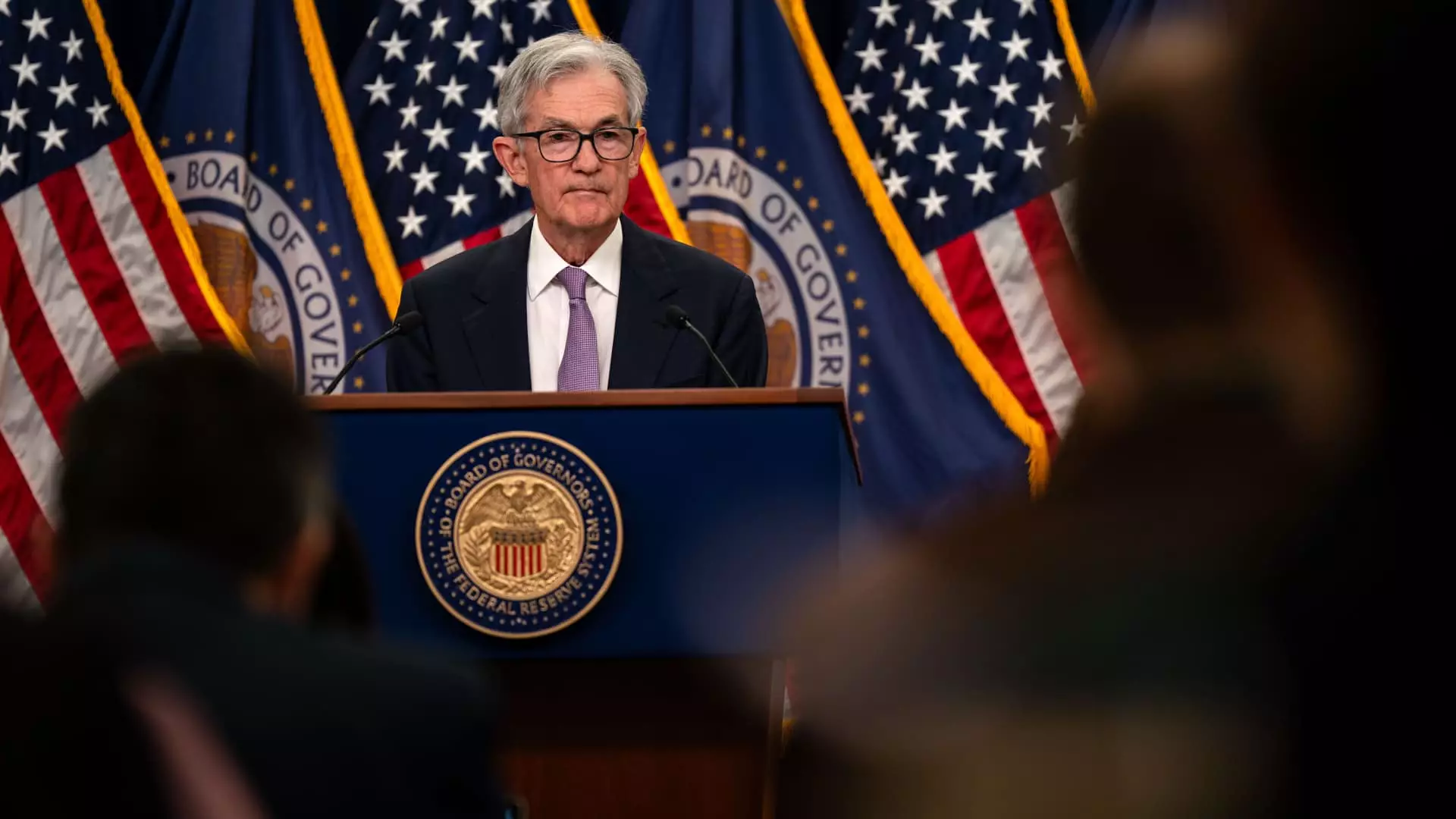In December, Federal Reserve officials convened to assess the implications of prevailing inflation levels and the uncertainty introduced by President-elect Donald Trump’s impending policies. The released minutes from the meeting indicate a significant deliberation regarding the pace of interest rate adjustments in light of fluctuating economic indicators and potential shifts in trade and immigration policies. While not directly mentioning Trump, the minutes reflected a cautious stance among Fed members, who underscored the importance of adaptability in their monetary policy approach.
The Federal Open Market Committee (FOMC) decided to reduce the benchmark borrowing rate to a range of 4.25%-4.5%. However, this decision came with a tempered outlook, revising expected interest rate cuts for 2025 from four to two. This alteration signifies a strategic slowdown in their policy alterations as the committee recognized the intricate balance between fostering economic growth and managing inflation. With recent inflation readings surpassing the Federal Reserve’s two percent target—2.4 percent for core inflation and 2.8 percent when food and energy prices are considered—the committee’s wariness is not unfounded.
The Fed’s acknowledgment of increased inflation risks stemmed from recent economic data that exceeded expectations, particularly regarding consumer behavior and broader economic activity. As such, the FOMC members indicated that they would need to evaluate these conflicting elements more meticulously before proceeding with further rate cuts. The statement from the meeting minutes insinuated that the current monetary policy stance is significantly closer to a neutral position than it had been when earlier cuts were initiated.
A pivotal theme that emerged during the meeting was the unknown impact of Trump’s proposed policies on the economy. His proposed punitive tariffs against nations including China, Mexico, and Canada, alongside plans for deregulation and mass deportations, created a cloud of unpredictability. Fed officials are particularly sensitive to how changes in trade actions could catalyze a ripple effect throughout the U.S. economy.
With economic data remaining robust, any variations influenced by these policies could present both risks and new opportunities. Participants hinted that their assessment settings for inflationary pressures are heavily dependent on future developments in these areas. By fostering a clearer understanding of the potential ramifications of Trump’s economic plans, the Fed aims to avoid hasty decisions that could inadvertently stifle growth or exacerbate inflation.
During the meeting, several economic indicators were stressed as crucial for shaping future policy directions. With consumer spending holding steady and the labor market remaining stable, the Fed recognized that these factors could bolster economic resilience in uncertain times. The GDP growth trajectory has remained above trend, with signs suggesting that continued investment and spending could sustain this momentum.
However, officials warned against complacency; many noted potential headwinds arising from global economic uncertainties and domestic policy shifts. Maintaining a ‘wait and see’ approach allows the Fed to remain agile and responsive as they gauge how economic agents—consumers and businesses alike—adjust their expectations and activities in this transitional landscape.
The minutes unveiled that various FOMC members are increasingly factoring potential policy changes into their economic forecasts, although the extent to which this is occurring remains obscure. The urgency for a cautious approach reflects a recognition that data-driven decisions are critical; moves concerning interest rates cannot be determined by a rigid timetable but rather must evolve organically in response to market conditions.
Chair Jerome Powell’s metaphorical depiction of navigating a foggy night resonates deeply with the committee’s mindset. The unpredictability of the current economic environment means that gradual measures are favored over rapid adjustments. Accordingly, the members collectively acknowledged the necessity to breathe, assess, and then act, as the landscape clarifies bit by bit.
As the Federal Reserve contemplates future policy moves, the expectation is that they will maintain a watchful eye on inflationary metrics and external economic influences—particularly those engendered by the upcoming Trump administration. The delicate balance of fostering growth while controlling inflation will necessitate a deft approach; hence, patience and precision in policy-making will be indispensable. The evolving economic terrain promises challenges ahead but also presents opportunities to refine strategies that will shape the U.S. economy’s path in the forthcoming years.

